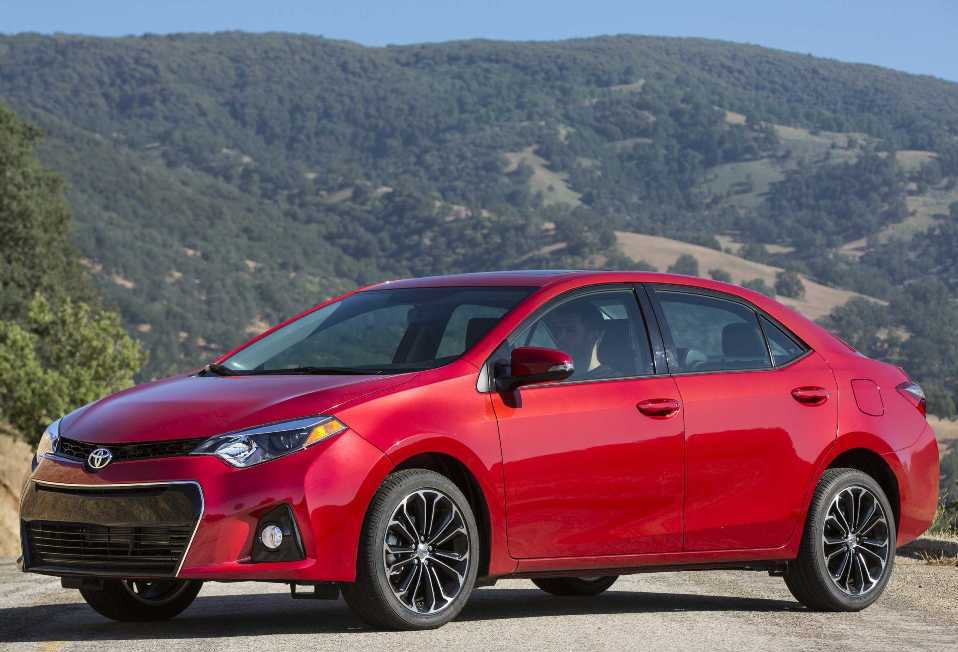When you’re buying a car, it doesn’t matter if it’s your first car or an upgrade. There are five things to factor in when calculating how much car you can afford. They are savings, income, DTI, credit score, and down payment amount.

Your credit score plays a key role in determining your interest rate and whether you are approved for a car loan. Other essential factors include your income, your DTI ratio, and your total down payment amount (plus some hidden elements we’ll discuss later).
How much should I spend on a car?
This is a question many car buyers ask. And it’s a great question because a car purchase is a significant expense, and you want to get it right. So grab a pen and some paper, and let’s talk about it.
1. How much do you have in savings?
Once you have paid your bills and bought essential items, what do you have leftover for savings? Is the amount pretty consistent? Lenders won’t look at this number so much, but it’s crucial information for you to know.
Get a number that you’re confident about and write it down. You’ll want to see if your debt-to-income ratio (DTI) and gross monthly income (GMI) represent what lenders think you can afford.
But, at the end of the day, only you know what you can afford; no one else does.
2. What’s your salary?
Ask any financial advisor, and most will tell you the same thing: 10% of your take-home pay is the maximum you should spend on a car. Although some say 20%, this number is likely too high for the average borrower with the average amount of monthly debt.
You probably think that 10% sounds like a low amount, but it’s actually even lower than you think. That 10% needs to include all car expenses — meaning you need to factor in:
- Principal
- Interest
- Car Insurance
- Sales tax
- Registration fees
- Documentation fees
- Routine maintenance (oil changes, tire rotations, alignments, brake pads, etc.)
- And, most importantly, gas
It’s tempting not to factor in gas, but you need to. Unfortunately, brushing it aside is what leads many people to overuse their credit cards.
You also must keep in mind that both interest and auto insurance vary with the type of car you get (used versus new). So if you buy something old with a bad safety rating, you might pay for it in more ways than one.
How to Calculate Gross Monthly Income
Your GMI is what you make before anything is taken out, such as taxes, insurance, or any other deductions you may have. It’s the most critical factor when determining how much car you can afford.
If you are salaried, all you need to do is take your annual salary and divide it by 12.
If you are paid hourly, you first need to determine how much you make a year. To do this, take the number of hours you work a week and multiply it by how much you make an hour. Then multiply that number by 52 (the number of weeks in a year). Lastly, divide the final number by 12.
Hourly pay x hours per week x 52 ÷ 12 = GMI
If you work a lot of overtime or receive an annual bonus, you can use those amounts to calculate your gross income. Whatever the amount, estimate how much you received the previous year, divide it by 12, and add it to your GMI.
3. What’s your debt-to-income (DTI) ratio?
Your debt-to-income ratio is the second most crucial factor when determining affordability. Even if you earn a good income, you may not be able to afford a high monthly car payment if you have a lot of debt. For this reason, some borrowers are denied loans even if they have never missed a single monthly payment and have decent credit.
The maximum about of DTI for many lenders is 40%. In some instances, they may allow a loan to push a borrower’s DTI over 40%, but these are exceptions and are by no means the norm.
What debts make up DTI?
To calculate your DTI, you’ll first need to add up all of your monthly debt payments. Notice how we said monthly payments and not total debt. This is because you are only calculating the minimum payment you have to make each month on bills. So, the total amount of debt you’re in doesn’t matter; what matters is the total amount of your monthly obligations.
Payments you’ll need to include when calculating DTI are:
- Credit card payments
- Student loan payments
- Mortgage/ rent payments
- Other car payments
- Personal loans
- Second mortgages
- Child support payments
- Alimony payments
You do not include the following:
- Utilities
- Cell phone payments
- Cable
- Internet
- Groceries
- Gas
- Taxes
- Insurance
How to Calculate DTI
Add up all your monthly debts and divide that number by your GMI. The answer will give you your DTI.
Here’s an example.
Say you make $2,200 per month. You pay $700 a month for rent, about $200 a month for credit card payments, and $120 for student loans. Your monthly debt is, therefore, $1020. Divide that by your take-home pay ($2,200), and your DTI is at 46%, which is too high for many lenders.
If you want to be approved for a car loan in this scenario, you’ll want to first pay down your debts (and maybe find cheaper housing). Without the credit card debt, your DTI would be at 37%. However, even then, your payments would have to be a bare minimum amount so they wouldn’t push your DTI too high.
To better your odds and not strain your bank account, you should probably pay off your debts and look for a more affordable, older car in this case.
Consider a Cosigner
Some banks may believe you are at risk of not being able to make your monthly car payment (due to your credit score, DTI, or income). In this case, using a cosigner can increase your odds of getting approved for an auto loan. Still, don’t take out more than you can comfortably afford, and be positive that you can make your car loan payment. It will impact both you and your cosigner’s credit if you don’t.
4. How Your Credit Score Affects Your Car Payment
A higher score means a lower interest rate and the possibility of not needing a down payment. On the flip side, if you have a high interest rate, your monthly payment will be much higher.
A solid income and low DTI are both great to have. But if your credit score is too low, you’ll either pay a higher amount for the ability to take out a loan, or you’ll be denied a loan from the onset.
Car loan lenders break down credit scores into tiers, which is different from the traditional FICO score. Here are the tiers to give you an idea of what to expect:
- A+ Tier (740-877)
- A Tier (700-739)
- B Tier (660-699)
- C Tier (581-659)
- D Tier (520-580)
- F Tier (250-520)
Removing Negative Items From Your Credit Report
Interest rates can vary between lenders and what type of car you intend to buy (used or new). That said, for some lending institutions, the difference between each tier can sometimes vary as much as 4%.
This is why it’s crucial to resolve any errors or negative entries that may be on your credit report before you start shopping. Once you have your credit score where you want it to be, you’ll then want to shop around. Each lender more or less sticks to the above-tier system, but the rates for each will vary.
5. How much should a car down payment be?
Most lenders require borrowers to pay 10% of the purchase price as a down payment. So if you buy a $12,000 car and you plan to finance it with a car loan, you’ll need to put at least $1,200 down.
If you buy a new car, you may be required to put as much as 20% down. Some lenders require this amount to offset a new car’s faster depreciation. New cars depreciate 10% the moment you drive off the lot (hence why you need to put down an additional 10%).
They’ll then depreciate another 10% after you have owned it for a whole year. So if the purchase price of your new car is $20,000, you’ll have to put down a total of $4,000.
How to Lower the Down Payment
If you have a car you want to trade in, the trade-in value can go towards the down payment. However, it may be in your best interest to sell it privately, so you get the maximum amount possible for it.
Another option is to use a cash rebate upon purchase when buying a car. The money you’ll receive doesn’t go to you but rather to the lender and can be used as part of your down payment.
What if you can’t make the down payment?
Many people use their tax returns to help them make a down payment. If tax season isn’t any time soon, it is possible to get a tax refund loan. Your lender may be able to give you an ‘advance’ on your tax return if you provide previous tax returns, pay stubs, and bank statements.
When your actual tax return comes, it’s deposited directly to the lender as payment. It can be a suitable option if you need a car but don’t want to throw money at a clunker. Just know that it’s not an even trade and that both fees and interest will be applied. Therefore, you won’t get as much money from the loan as if you had waited for your tax return.
6. Beware of Hidden Costs
You don’t always get what you see. When shopping, even if you sort by monthly payment, dealers often advertise base models instead of fully equipped models. That means you’ll see the price of the base model, but the pictures will be of the fully equipped options. So to get what you want, you might have to pay $1,000 or more to get it.
Bottom Line
Use a car affordability calculator to determine how much of a loan you can afford. Once you have a ballpark number, you’ll be able to shop around knowing what cars are within reach. In addition, many online auto dealers allow buyers to sort the cars by monthly payment. Use this option to help you shop responsibly.
One last thing to consider: If you have your heart set on a car, but it’s just out of reach, extending the loan term might help enough to make it affordable. Just do your research. But, also remember that you’ll likely end up paying more than the car is worth (especially when you consider depreciation).




